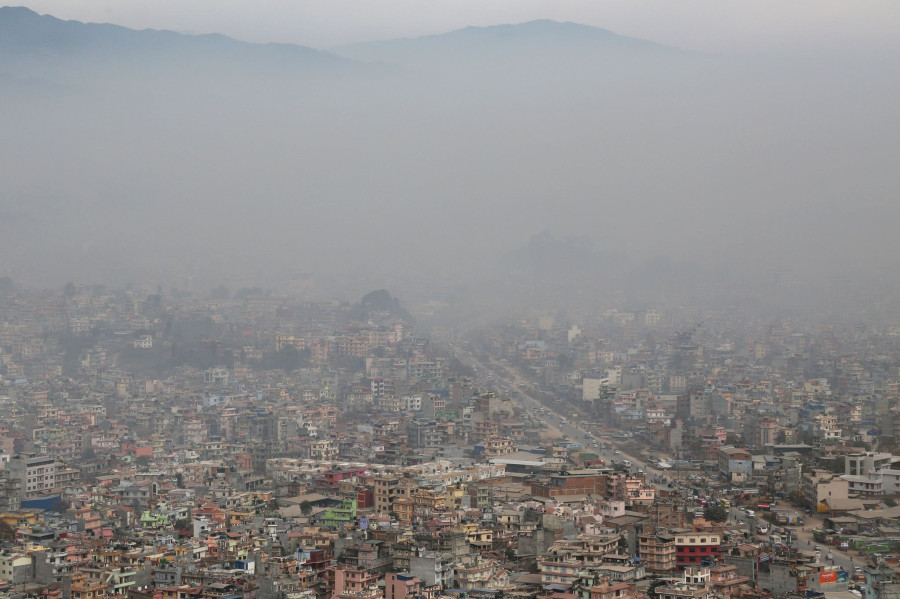

KATHMANDU: Kathmandu Valley has once again topped the global chart for the poorest air quality, based on Air Quality Index (AQI) readings taken at 6:15 am on Wednesday.
The capital recorded an AQI of 184, placing it firmly in the “unhealthy” category. Close behind were Delhi, India, with an AQI of 180, and Kampala, Uganda, at 157.
Health professionals warn that Kathmandu’s air has reached levels that are hazardous to health.
Environmental experts cite ongoing dry weather and smoke from nearby forest fires as the main contributors to the spike in pollution. Dust particles have remained suspended in the atmosphere due to the prolonged absence of rainfall.

Although there’s been a slight dip in pollution in recent days, Kathmandu still holds the title of the most polluted city globally. Notably, just a few days ago, the Valley’s AQI surged to a severe 352.
The Ministry of Health has urged the public to exercise caution, emphasizing that Nepal’s air quality is among the worst in the world. Doctors recommend limiting outdoor exposure—particularly in the early mornings and evenings—when pollution tends to peak.
According to the World Health Organization (WHO), an AQI under 35 is ideal for human health. Levels between 35 and 50 are still safe, but anything above that begins to pose health threats. Here’s how AQI levels are classified:
51–100: Moderate – some risk
101–150: Unhealthy for sensitive groups
151–200: Unhealthy
201–300: Very unhealthy
301–400: Hazardous
401–450: Extremely hazardous
As outlined in Kathmandu Valley’s Air Quality Management Action Plan (2076 BS), AQI readings above 300 are considered a public health emergency.